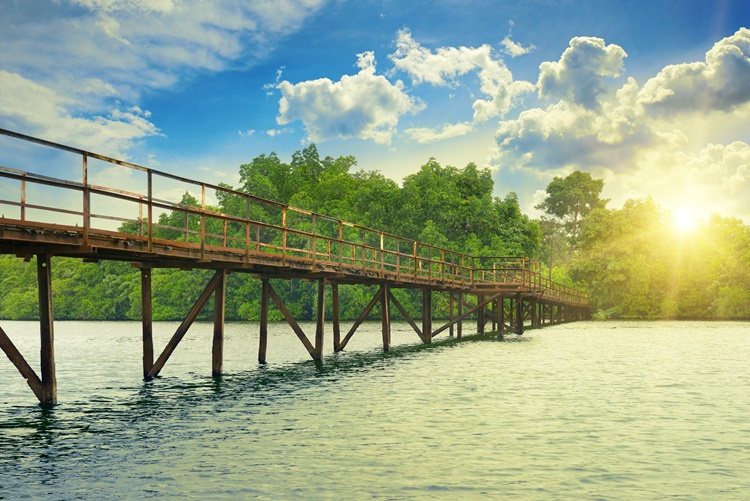Our planet is at a crossroads. The ecosystems that underpin our economy, well-being, and survival are collapsing, species are becoming extinct at an unprecedented rate, and climate change continues unabated.
In these times of change, nature-based solutions can offer a way of addressing growing challenges such as climate change (TNC, 2016), natural disasters, and food security. Nature-based solutions focus on protecting key ecosystems, and restoring ecosystems on a massive scale.
Compelling opportunities are available for restoring the natural strength of the planet for the benefit of people and cities and to counter the widespread degradation of our natural ecosystems worldwide.
Speaking at the World Conference of the Society for Ecological Restoration last year, Professor Jungou Liu of the Beijing Forestry University explained that when he was assessing the status of the 50,000 rivers in China based on existing maps, he discovered that 28,000 had disappeared. Some had silted up, while others had dried out completely as a result of a growing population, increasing demand for water, urban development, and climate change.
Restoring the natural capacity of rivers to cope with floods via wetlands, floodplains, and riparian woodlands, can significantly lower the risk of flooding downstream and dramatically reduce the need to build costly concrete defences. Experiences from the River Devon Project in Scotland, set up by WWF Scotland with funding support from HSBC (Slowing the flow – natural solutions to flood problems, WWF Scotland), demonstrate that sustainable flood management can increase the storage capacity and resilience of rivers in wetlands and floodplains in an affordable way.
Target 15 of the Convention on Biological Diversity makes a clear commitment to restoring 15 percent of degraded land across the globe by 2020: “By 2020, ecosystem resilience and the contribution of biodiversity to carbon stocks have been enhanced, through conservation and restoration, including restoration of at least 15 per cent of degraded ecosystems, thereby contributing to climate change mitigation and adaptation and to combating desertification” — Convention on Biological Diversity (CBD)
According to the CBD, restored landscapes and seascapes can improve resilience, including adaptive capacity of ecosystems and societies, and can contribute to climate change adaptation and generate additional benefits for people, particularly indigenous and local communities and the rural poor.
While restoration activities are already underway in many parts of the world, the consolidation of policy processes and the wider application of these efforts could contribute significantly to the achievement of the objectives of the Convention. Furthermore, appropriate incentive schemes could reduce, or even reverse, degradation and deliver substantial co-benefits for biodiversity and local livelihoods.
Photo credit: Adobe Stock Photos

